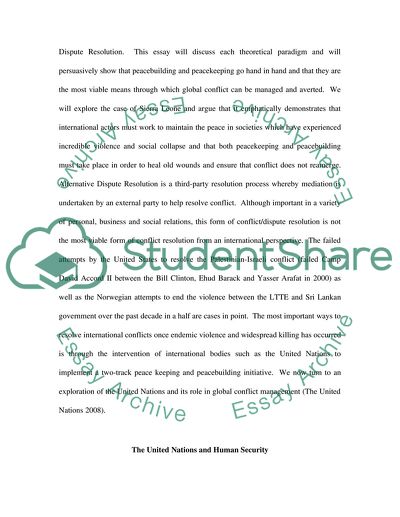Cite this document
(“International Conflict Resolution Research Paper”, n.d.)
International Conflict Resolution Research Paper. Retrieved from https://studentshare.org/history/1724930-the-best-approach-in-resolving-international-conflicts
International Conflict Resolution Research Paper. Retrieved from https://studentshare.org/history/1724930-the-best-approach-in-resolving-international-conflicts
(International Conflict Resolution Research Paper)
International Conflict Resolution Research Paper. https://studentshare.org/history/1724930-the-best-approach-in-resolving-international-conflicts.
International Conflict Resolution Research Paper. https://studentshare.org/history/1724930-the-best-approach-in-resolving-international-conflicts.
“International Conflict Resolution Research Paper”, n.d. https://studentshare.org/history/1724930-the-best-approach-in-resolving-international-conflicts.


